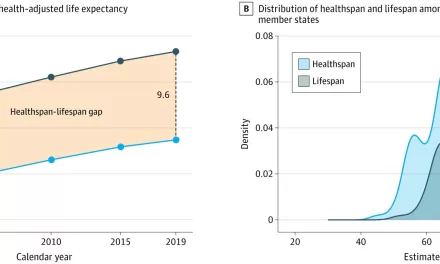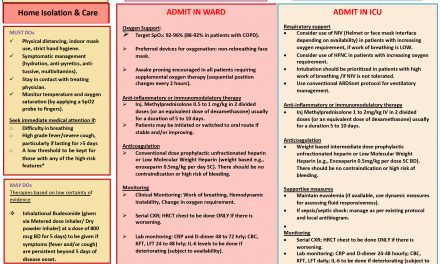
Summary: A close adherence to the Portfolio dietary pattern, which includes foods known to actively lower cholesterol, is linked to a 14% reduced risk of total cardiovascular disease (CVD), coronary heart disease (CHD), and stroke, according to findings pooled from three extensive observational studies.
Methodology: The study encompassed 73,924 women from the Nurses’ Health Study (NHS), 92,346 women from the Nurses’ Health Study II (NHSII), and 43,970 men from the Health Professionals Follow-Up Study (HPFS) without existing CVD. These participants were regularly surveyed on lifestyle, medical history, and other health-related factors.
Through food-frequency questionnaires completed every four years, the researchers categorized foods into six components of the Portfolio diet:
- Plant protein like legumes, beans, tofu, peas, and soymilk.
- Nuts and seeds.
- Fiber sources including bran, oats, berries, and eggplant.
- Phytosterols.
- Monounsaturated fat (MUFA) sources like olive oil and avocado.
- Sources of high saturated fat and cholesterol, such as whole-fat dairy and red/processed meats.
Each component was scored from 1 (least adherent) to 5 (most adherent), with higher scores indicating higher consumption.
Researchers examined the association of this Portfolio Diet Score (PDS) with total CVD, CHD, and stroke, in the three cohorts, and associations with plasma levels of lipid and inflammatory biomarkers in a subpopulation of the cohorts.
Key Findings: Over a period of up to 30 years of follow-up, there were 16,917 newly diagnosed cases of CVD, including 10,666 CHD cases and 6473 strokes.
In a pooled analysis of the three cohorts, the fully adjusted hazard ratio (HR) for total CVD comparing the highest with the lowest quintile of the PDS was 0.86 (95% CI, 0.81 – 0.92; P for trend < .001).
Also comparing extreme quintiles, the pooled HR for CHD was 0.86 (95% CI, 0.80 – 0.93; P for trend = .0001) and for stroke, it was 0.86 (95% CI, 0.78 – 0.95; P for trend = .0003).
A higher PDS was also associated with a more favorable lipid profile and lower levels of inflammation.
Implications: “This study provides additional evidence to support the use of the plant-based Portfolio dietary pattern for reducing the risk of CVD,” aligning with American Heart Association guidelines promoting consumption of whole grains, fruits and vegetables, plant-based proteins, minimally processed foods, and healthy unsaturated plant oils, the authors conclude.
Source and Limitations: The study was conducted by Andrea J. Glenn, PhD, RD, Department of Nutrition, Harvard T.H. Chan School of Public Health, Boston, and colleagues. It was published online October 25 in the journal Circulation.
As the study was observational, residual confounding can’t be ruled out. Diet was self-reported, which may have resulted in measurement errors. Consumption of some recommended foods was low, even in the top quintiles, so the association with CVD risk may be underestimated. Information on a few key Portfolio diet foods, including barley and okra, was unavailable, potentially leading to underestimation of intake, which may also attenuate the findings.
Disclosures: The study was supported by the Diabetes Canada End Diabetes 100 Award. The NH and HPFS studies are supported by the National Institutes of Health. Glenn is supported by a Canadian Institutes of Health Research fellowship; she has received honoraria or travel support from the Soy Nutrition Institute Global, Vinasoy, and the Academy of Nutrition and Dietetics. See original article for disclosures of other authors.











